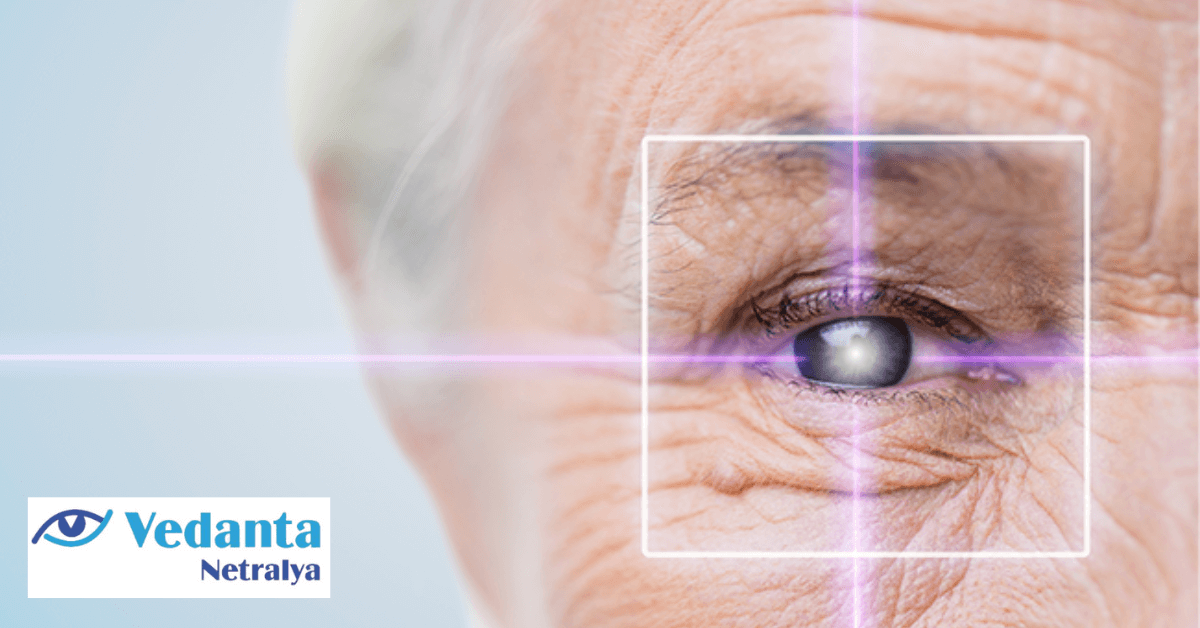
As people age, they may experience cloudiness in their eye lenses. The clarity and sharpness of objects are reduced, and their colors become muted. A cataract is a term used to describe this condition.
Glaucoma is characterized by impaired drainage of aqueous humor, the natural fluid of the eye. Ocular pressure increases due to fluid buildup. Your optic nerve will be damaged by this pressure.
Treatment:
Cataracts and Glaucoma are the two most common eye diseases in the world. There is a correlation between aging and the prevalence of both diseases. Cataract patients often suffer from Glaucoma. If a cataract impairs your vision and your eye pressure remains high despite medication or laser treatment, your doctor may recommend combined cataract-glaucoma surgery.
Combined Surgery:
Your eye doctor will perform a thorough examination to determine the most effective treatment for your condition. The goal of your visit to the ophthalmologist is to get a treatment plan that will help your eyesight the least while still giving you the best chance of improvement possible.
-
- The risks associated with anesthesia are reduced by half because it only needs to be administered once.
-
- If the glaucoma surgery is successful, you may be able to lessen or even stop your medication intake.
-
- There is a small but real risk that your eye pressure will suddenly rise after cataract surgery. Most cases of elevated intraocular pressure can be avoided by having glaucoma surgery.
-
- Two separate processes can be combined into one to save money. If the glaucoma surgery is successful, you won’t have to take any glaucoma medication at all, which is a significant cost saving.
Why not opt for Combined Surgery?
Cataracts don’t always prevent Glaucoma from being treated, even when it isn’t obstructing the patient’s vision. Cataract surgery should be delayed in these cases so that glaucoma surgery can be performed first.
Cataracts can hinder vision even when Glaucoma is well managed medically. It’s possible that cataract surgery combined with glaucoma stents or implants (also known as MIGS) is the best option here.
Narrow-angle Glaucoma, also known as closed-angle Glaucoma, is a condition that requires surgical intervention for some people who already have cataracts. In this type of Glaucoma, the iris (the colored part of the eye) is protruded too far forward, blocking the drainage of fluid. The result is elevated pressure in the eyes.
Cataracts have been linked to the worsening of this particular form of Glaucoma. Once the cataract is removed, the eye pressure may go down without the need for glaucoma surgery. In some cases, removing the cataractous lens and its thick capsule can result in an increase in available angle width, allowing for better glaucoma management.
If you are experiencing vision problems and are in need of professional advice, don’t hesitate to contact Vedanta Netralya for the finest ophthalmic care in Ghaziabad.

